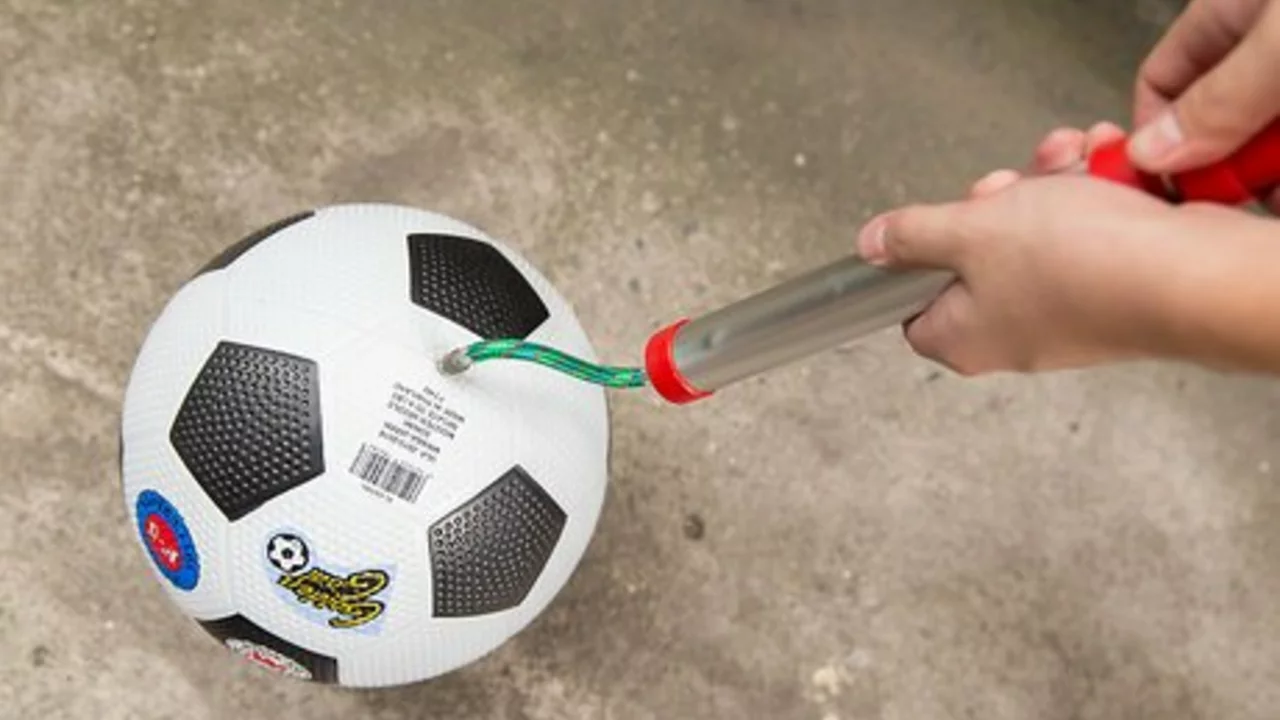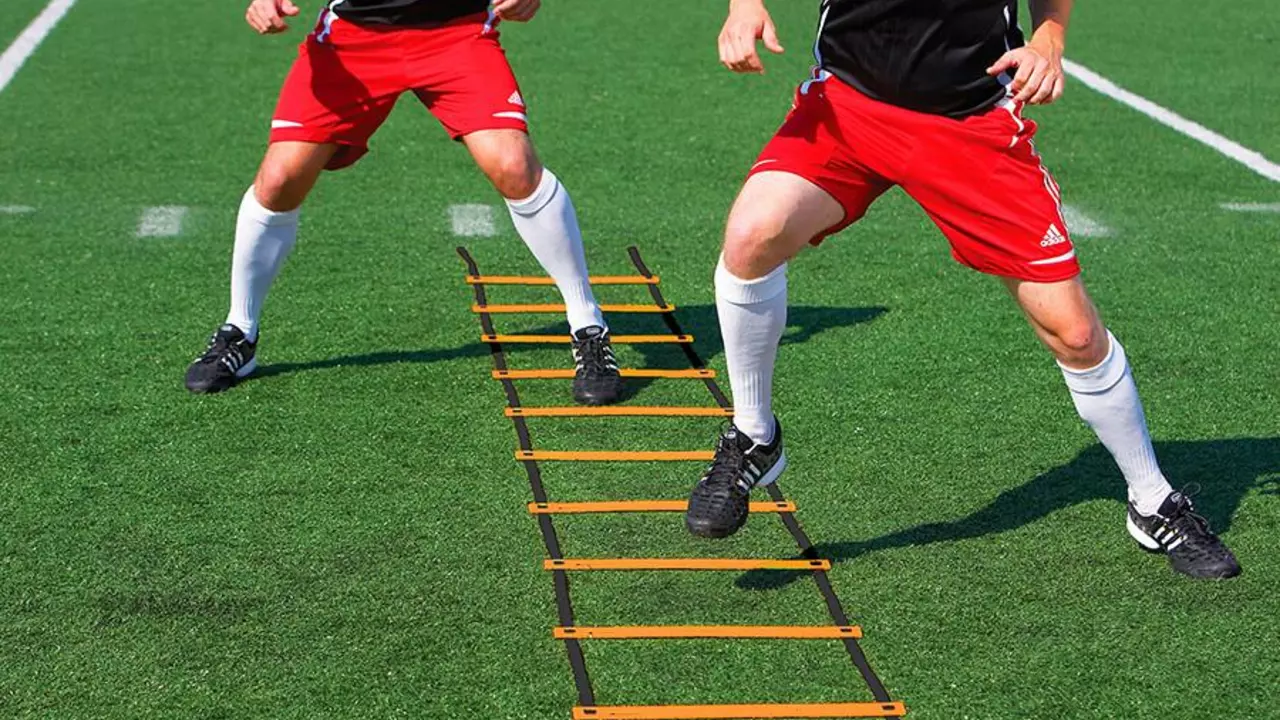August 2023 Archive: Ball Pressure & Scoring Myths
Welcome back, soccer fans! August brought two quick‑fire topics that many players and fans get wrong. First, we cleared up how much air a size‑5 ball should hold. Second, we busted the myth that the D/L method is used to calculate football scores. Let’s break down the takeaways so you can keep your kicks on point.
How Much Air Does a Size‑5 Ball Need?
If you’ve ever wondered why your ball feels too soft or too hard, the answer is simple: pressure. A standard size‑5 soccer ball works best when the internal pressure is between 8.7 and 11.6 psi. That range translates to roughly 0.6 to 0.8 bar, which most home‑inflators can hit with a regular pump gauge.
Why does the range matter? Too little pressure makes the ball squishy, slowing down passes and shots. Too much pressure turns the ball into a rock, reducing control and increasing the risk of injury. The sweet spot gives you a predictable bounce and a clean feel when you strike it.
Here’s a quick checklist before you head to the field:
- Check the ball’s recommended pressure printed near the valve.
- Use a reliable gauge – cheap gauges can be off by a couple of psi.
- Inflate in a cool environment; temperature changes affect pressure.
- Re‑check the pressure after a few games; the ball naturally loses air.
Following these steps ensures your ball stays in the optimum range, giving you consistent touch and reducing the chance of a deflated surprise mid‑match.
The D/L Method – Not a Football Scoring System
Next up, the D/L method. If you’ve heard someone say, “We’ll use the D/L method to decide the winner,” pause. That rule belongs to cricket, not football. The D/L (Duckworth‑Lewis) formula adjusts target scores when rain interrupts a cricket game.
In soccer, scores are straightforward: goals win. If a match can’t finish, the governing body may resort to extra time, penalties, or a replay, but never a statistical adjustment like D/L. So the next time a friend tries to pull a D/L on you during a backyard scrimmage, you can smile and say, “Nice try, but that’s a cricket thing!”
Keeping the confusion out of your head means you’ll focus on real tactics: solid defense, quick transitions, and sharp shooting. No need to calculate anything beyond the final whistle count.
That’s the August roundup. A properly inflated ball gives you the confidence to play your best, and knowing the D/L method isn’t part of soccer keeps the conversation honest. Got more questions? Drop them in the comments and keep the discussion rolling. Until next month, keep kicking and stay informed!

